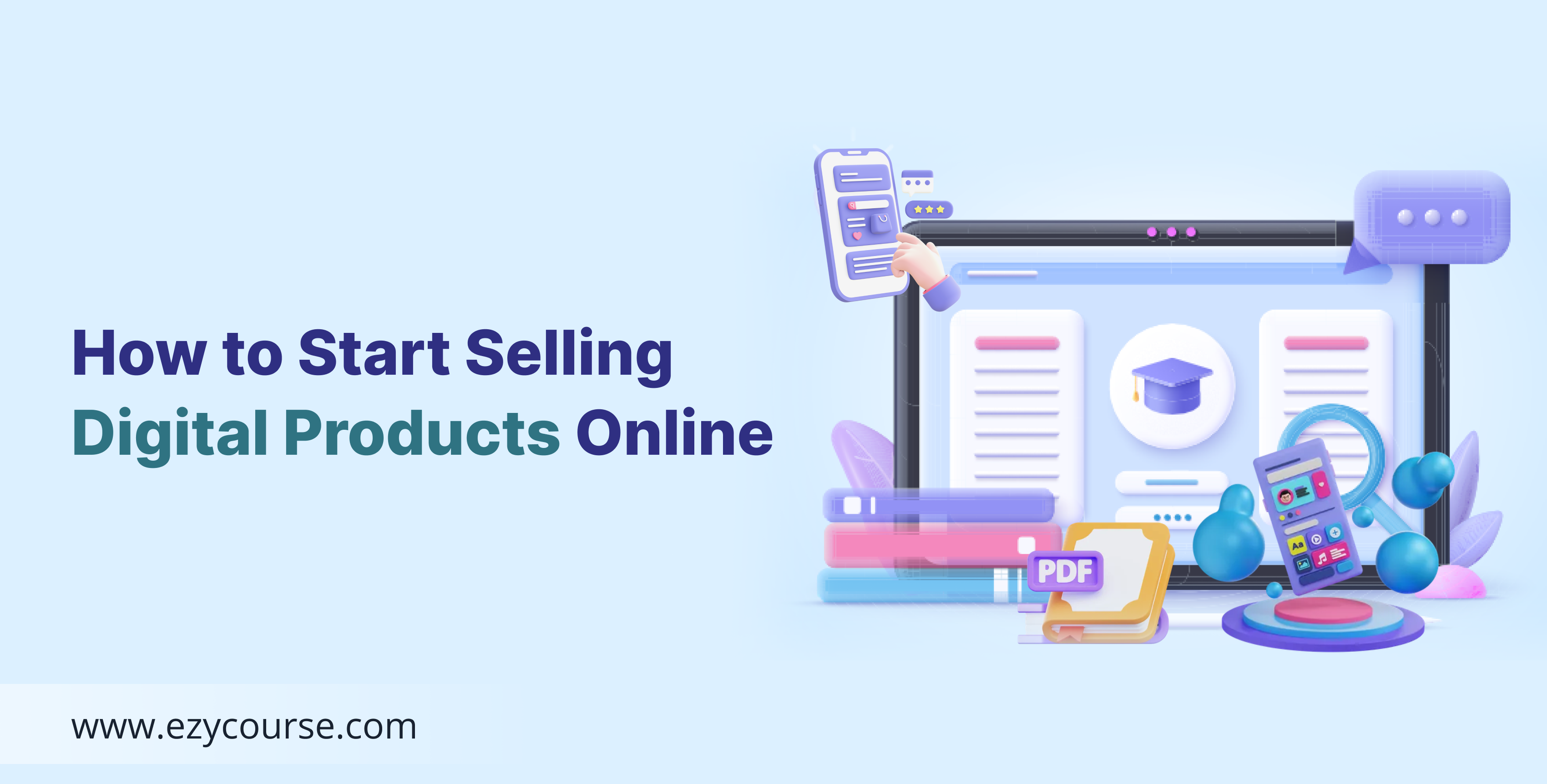Yes, you are on the right track!
You can make money selling digital products in 2025. Just choose a niche that isn’t crowded with competitors and focus on creating high-quality products.
Digital products can make a lot of money. But you should avoid basic designs or plain wall art that anyone can create.
That means you need fresh ideas for digital products, right?
And that’s not all. You also need to know how to create these unique products, promote them in the target market, and sell them. It sounds like a lot, and anyone who says it’s easy is just sugarcoating the reality.
But we won’t do that. We know this process is tough but achievable if you follow the right steps. We’ve analyzed over 100 digital creators who are already seeing great success, and we know their methods.
So, are you ready to learn the process from start to finish? If so, let’s get started below!
What Are Digital Products and Examples?
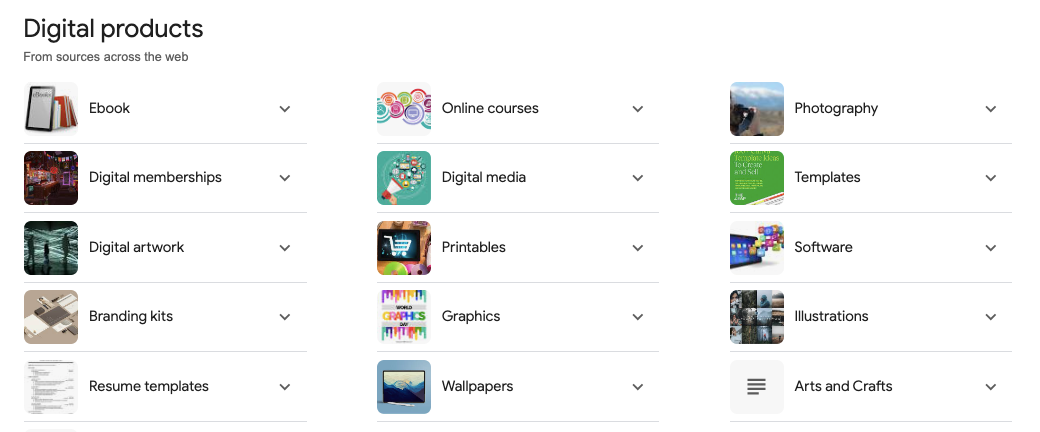
You might already have a sense of what digital items look like, but let's learn their proper definition first.
Experts might explain digital products differently, but the main idea is the same.
They are things you create, sell, and deliver completely online. Since they are digital, there’s no need for shipping or storage, and that’s what makes them easy and convenient to sell.
You might have files in various formats that you can download or access directly from your device. Right or wrong?
You are reading our article from a device. You can't touch it because articles are a form of digital product. They can be anything from e-books, music, and software to online courses and digital art.
Here are some digital products examples:
E-books - PDF files, blogs, magazines, and presentations you read on your tablet or Kindle.
Online Courses - Yoga training videos, language learning, cooking classes, and drawing tutorials.
Digital Art and Graphics - Designs, illustrations, or logos that you can download and use.
Music and Audio Files - Songs, podcasts, or sound effects that can be instantly downloaded.
Software and Apps - Tools you can use on your computer or phone, like photo editing apps, keyboards, and calculators.
Printables - Things like planners, stickers, or worksheets that you can print at home.
So, these are some examples of best-selling digital products.
There could be hundreds of variations for each type of virtual product, but we just wanted to give you some basic ideas. Now, let's talk a bit about the advantages of digital products below.
Benefits of Selling Digital Products in 2025
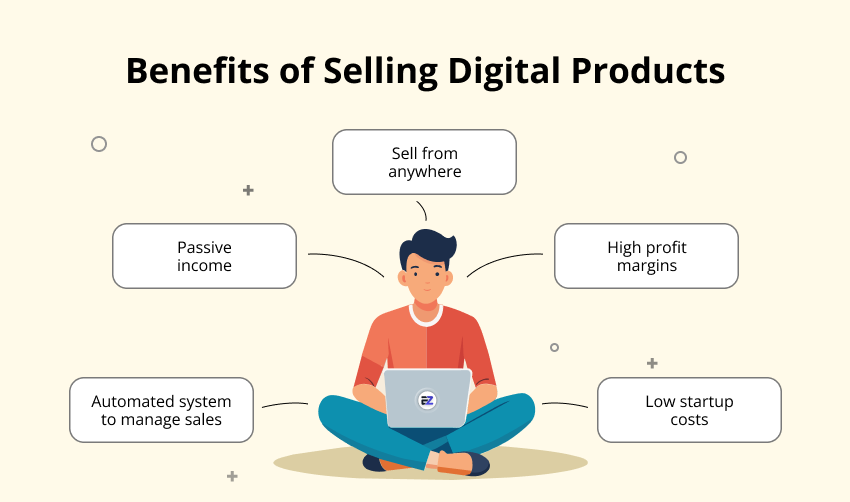
Conservative estimates suggest that people will spend around $135 billion on digital products in 2025 alone. That’s a huge amount, and that's happening!
Now, imagine if you could grab even a tiny piece of that, let’s say just 1%. Yes, that's the main benefit.
You can make passive income from selling profitable digital products, and what could be more advantageous than this?
However, there are actually some sky-high benefits that will make you want to start your digital products business right now. Some of these benefits are:
Sell your products from anywhere you want.
No limit to how many digital products you can sell.
It’s cheaper to make digital products than physical ones.
Don’t need to spend money on materials or shipping.
You can sell to people all around the world.
Keep earning money even when you’re not working.
No worry about inventory or storage.
You can set up automated systems to handle sales and delivery.
It’s simple to track sales, customer interactions, and performance through various online tools and analytics.
The profit margins for digital products are often higher compared to physical products.
Quickly test new ideas or make changes to your products based on potential client’s feedback.
Now you know why digital products are a great choice and open up excellent opportunities for anyone. But what you might not realize is that there are some common mistakes to avoid when starting out. Let's face this now.
Common Mistakes As A Digital Product Creator

No doubt digital products are the craziest way of passive income nowadays. A study found that people spend over $54 billion on digital products every year. This number is expected to grow to $74 billion by 2025. (Source: Forbes)
Can you imagine the competition that’s growing each year?
It’s not just YOU who’s thinking about starting. Already over 96,000 creators selling digital products on social media platforms alone.
Moreover, there are many untold stories of people who didn’t succeed in the digital marketplace. Most people don’t even see the need to talk about them.
But it’s not just about knowing why others failed. The key is to understand what to avoid so you don’t end up in the same spot. That’s what we’ll cover now, the banana skins you need to avoid before starting your digital products online business.
Take out your pen and paper and make sure to note these down:
1. Selecting a Common Digital Product Niche
A niche is a specific area of interest or topic that you focus on. Many beginners start with popular niches like educational products, and that’s a big mistake. If there are already thousands of resources on a topic, why would people choose your new product over all the existing ones?
Offer only what you know and understand best.
Suppose you want to offer personalized online courses and host them from an online course platform as your first digital product.
Go to Udemy and see what is working best and what is not. Check out what's in the modules, then brainstorm yourself and narrow it down further. That's how things work.
2. Not Doing Audience Research
If you know your niche, it's easier to find your target audience now. Use surveys, social platforms, and other tools to find them. Remember, this is crucial.
Otherwise, you will end up marketing your product to those who don’t give a DAMN about what you're OFFERING.
3. Overcomplicating Your Offer
About 30,000 new products are made every year, but 95% of them fail. This is what a Harvard Business School professor says.(Source: Professionalprograms)
And do you know WHY?
Because they offer products or solutions that don’t address a genuine need. This means that many innovators overcomplicate things, and we hope you won’t make the same mistake.
4. Not Promoting the Product
Even if your product is great, it won’t sell if no one knows about it. So, Promote Promote Promote! However you can, whatever it needs. Follow the right marketing strategies. If you’re running a membership website to sell your digital products, follow the Membership Marketing Tactics to succeed.
If you’re new, it’s okay not to know much about promoting. We’ll show you step-by-step how to share your product with others.
5. Not Choosing the Right Platform to Sell
You won’t understand the importance of selecting the best platform for selling digital products until you feel the heat. Paying fees on every sale, dealing with annoying bugs, missing important features, spam emails, oh my god, it can be a nightmare!
It’s frustrating and can make your whole experience a mess. So, avoid this mistake as a beginner, too.
Above all, be mindful of each of these mistakes. To avoid them, just follow the steps below on how to market digital products with the right strategies.
How to Start Selling Digital Products Online
The wait is over. After providing all the basic but important information, we are about to give you the steps from creating to marketing your first digital product online.
Lots of people are trying to sell digital products online but still aren’t making it big. Why? Because they mess up in making the product.
And trust me, you can’t take this starting point lightly. Not now, with so many people jumping in. The competition is tougher than you think!
However, This is the moment that decides if your online business will fly or flop. So, let's go through the important steps of digital product creation first:
Step 1: Brainstorm Awesome Ideas for Your Digital Product

Creating a new product can cost between $20,000 and over $100,000! That’s a big range, but it’s true. (Source: Net Solutions)
Why so much? Because it all depends on your idea. If you choose a small idea to implement, it will cost you less.
That’s why it’s super important to plan and come up with an awesome idea. We think a great idea doesn’t have to be huge or complex. It just needs to be something people need or want and that you can create without breaking anything.
Here’s how you can find ideas that are cool and practical: Check out online stores, and social media, and then look at trend reports.
Find out what people are talking about and what they need.
To do that, you can use Google Trends. It’s free and provides reliable data.
Also, use it to find out how many people are searching online for the term you want to use for your digital products.
Just click on "Explore", enter your interests, and hit “Search”. We searched for the term 'Online Learning Course.' Here’s what we found:
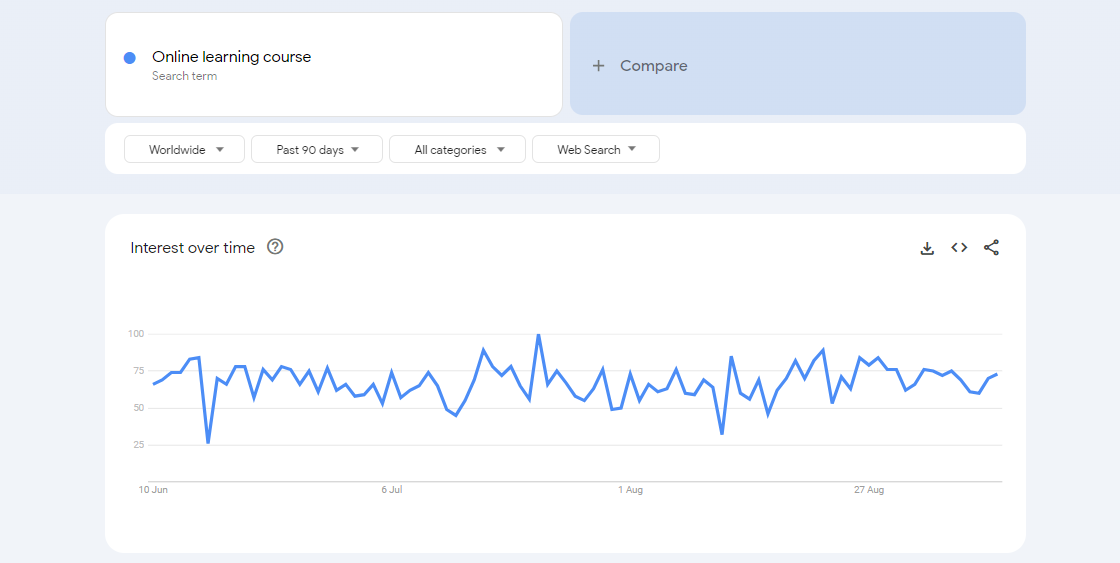
This amazing tool also can find related queries, just like we are doing.

Since it’s free, we recommend using it. Alternatively, you can use paid tools like Semrush or Ahrefs to understand the competition.
Remember to brainstorm for ideas. Think about what you’re good at or what you love to do.
If you love cooking, maybe create meal-planning printables or cooking courses. If you’re into graphic design, you could offer digital art templates or tools. Ultimately, your skills and interests can help you come up with the best ideas.
Step 2: Create Your Digital Product From Scratch
After following our previous step, write down all your ideas. Then, narrow them down based on what you think is doable and interesting.
Now, write down the details like what the product will include, how it will be structured, and what makes it special.
Remember, even if you’ve got your product idea, you need to validate it for a reason. And that reason is to make sure people actually want what you’re planning to offer.
You can use this free tool to validate your idea by answering just a few questions.
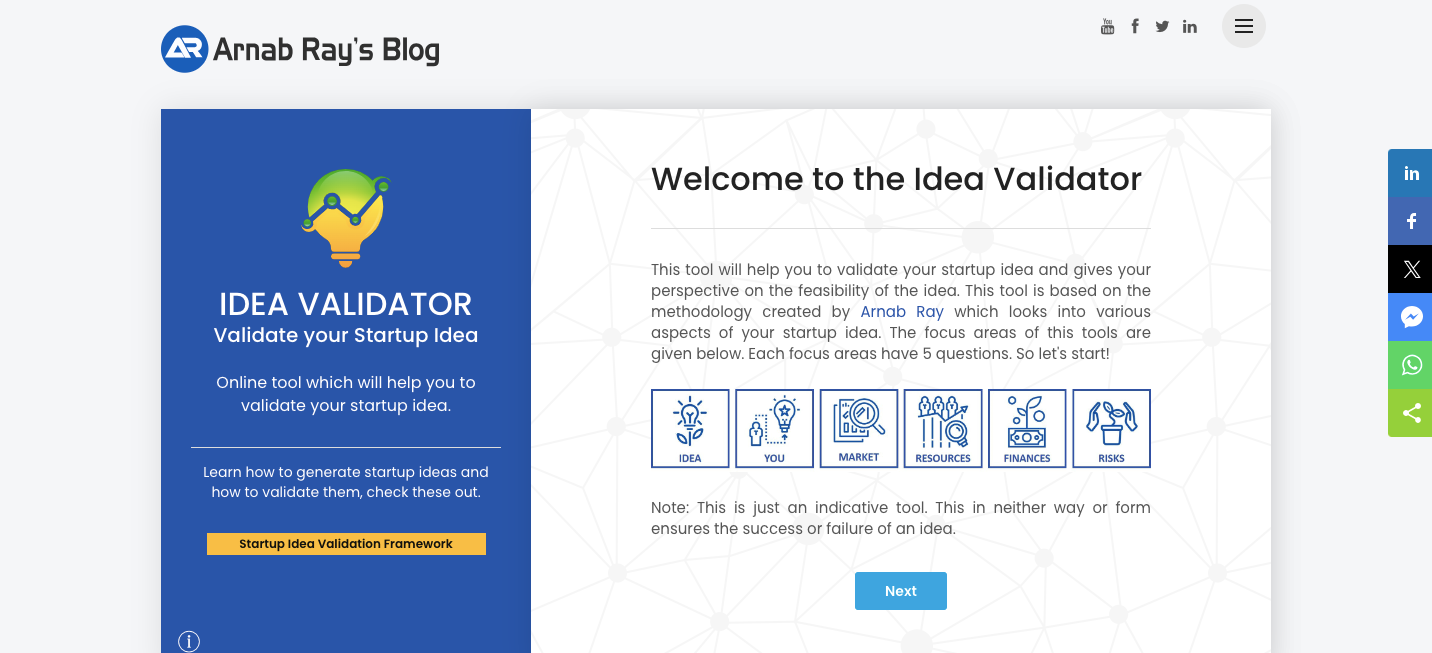
Now back to the topic again, will it be an e-book, an online course, or maybe some digital art?
Let’s go through the steps of making an online course as an example.
Check out our article for a step-by-step guide on how to create your own online course. Since we already have a detailed guide, we won’t explain more here.
Let's outline the process shortly:
Choose a topic for your course.
Research market demand.
Decide what kind of course you want to take.
Plan an awesome outline for your course.
Start developing the course content outline-wise.
This outline is not for only course creation but you can follow it to make other digital products too. Now that we have our product, we’re still not finished. Let’s move on to the next step.
Related: How To Start A Coaching Business From ZERO Experience
Step 3: Branding Your Digital Product

People always say, “Don’t judge a book by its cover,” but guess what? They still do! You’ve probably done it too. Whether it’s a book cover or a course thumbnail, it needs to look cool and grab attention. It should also show off your brand and give a hint about what’s inside.
To brand your product, you’ll need:
A catchy brand logo and an attention-grabbing title.
A standout cover or thumbnail with bright colors.
A platform where you can host your product and sell it.
You can use Canva to design whatever you need. You don’t need advanced design skills to get started. Just head over to Canva, choose a template, and customize it. It’s that simple!
Step 4: Setting Up Your Online Store or Platform
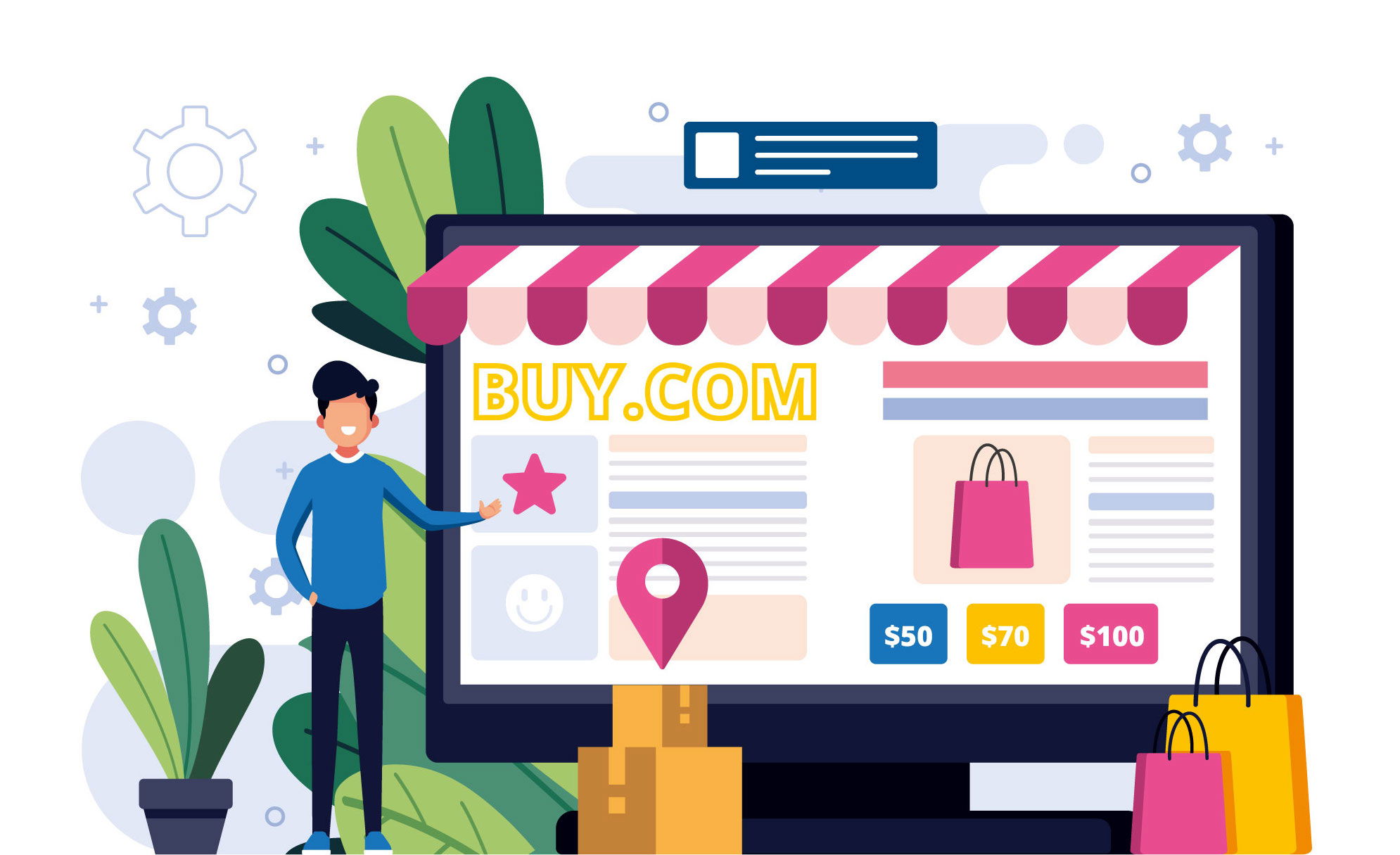
You’ve followed the three steps above and made a super cool digital product to sell, but now you’re like, “Oh no! Where should I sell it?”
Well, relax! We’ll guide you through every step, from making your digital product to selling it.
So, you need to set up your online store. Choose a platform that’s just right to sell digital products online and has all the features you need.
We can’t afford to mess up here because if the platform isn’t right, it could totally wreck our plan of making passive income.
We won’t let that happen, right? Our experts have picked the top 3 platforms for selling digital products for this. Let’s look at each one, step by step.
1) EzyCourse:- Your All-in-One Platform for Selling Digital Products
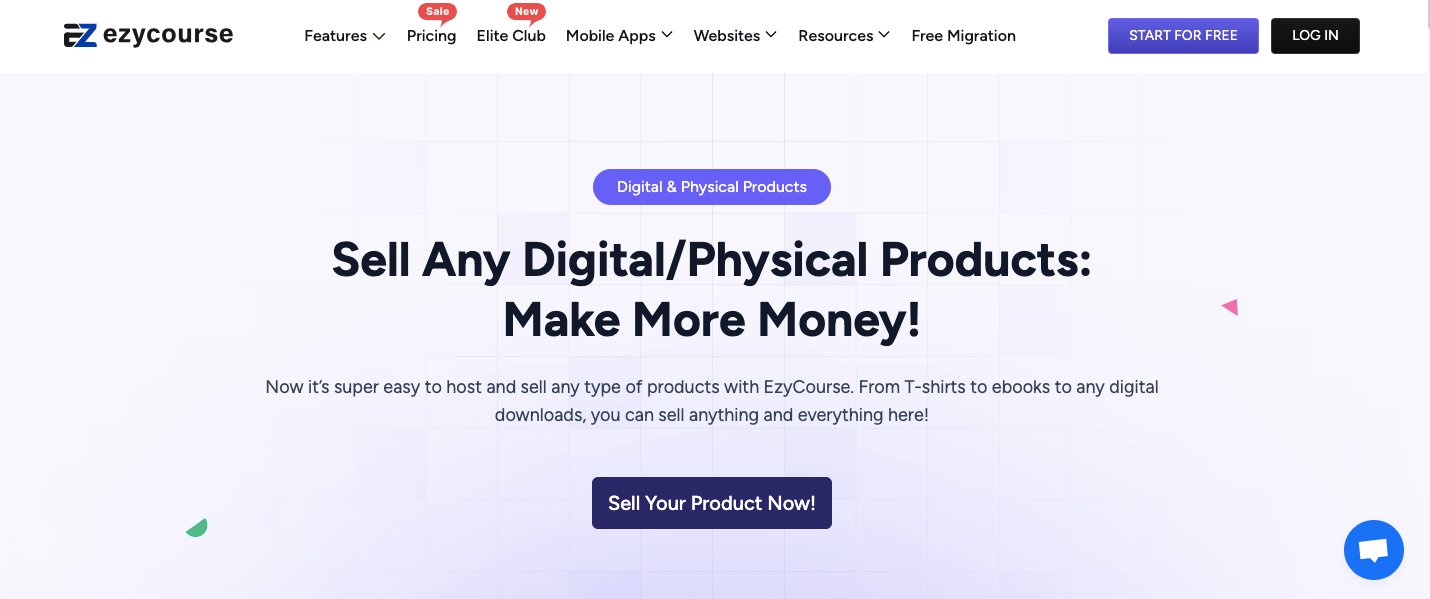
Let's start with the best digital product-selling platform - EzyCourse.
EzyCourse is great for creating and selling courses, memberships, and other digital products. It’s really easy for beginners and looks professional, so you won’t feel overwhelmed even if you’re just starting.
You can set up your own website, customize your store, and even run webinars or live sessions directly from the platform.
Plus, it has built-in marketing tools like email campaigns, affiliate programs, automation, push notifications, real-time analytics and so many more. We think these features are really important because if your chosen platform doesn't offer them, your sales might drop, and you could fall behind your competitors.
Since EzyCourse offers these features and so much more, we don't think you need to look anywhere else.
Why It’s Great: EzyCourse handles everything, like hosting your products, marketing, and payments. It’s all-in-one for anyone selling digital stuff. And you don't need another tool to purchase for selling your digital products if you have this.
Things People Like:
Sell all kinds of digital products like e-books, T-shirts, downloads, memberships, courses, and more.
Options to sell any physical products
There are no transaction fees or hidden costs.
It’s super easy to manage your products and list them on your website.
Has one of the most affordable pricing plans out there.
Organize your products with custom categories for a neat and easy-to-navigate store.
Built-in SEO tools help your pages rank better on search engines.
Get your own branded LMS mobile app so people can buy from you anytime, anywhere.
Import up to 100 digital products at once, no need to upload them one by one.
Control who sees your products by setting them as private or hidden.
Customize your store’s look and make it stand out.
Add extra admins to help manage your store.
Work with revenue partners to boost profits.
Offer upsells, bonus items, and discounts during special campaigns to keep customers excited.
Options to write blog posts to drive more traffic to your site.
Use email marketing and push notifications to keep your customers updated.
You can set various prices for your products and earn money through different methods.
Things People Didn’t Like:
A credit card is needed to start the free trial.
Pricing:
Essential: $59/m
Pro: $139/m
Unlimited: $199/m
Elite: $299/m
Enterprise: Custom
*pricing may be subject to change at any time

2) Etsy:- A Marketplace for Selling Digital Products
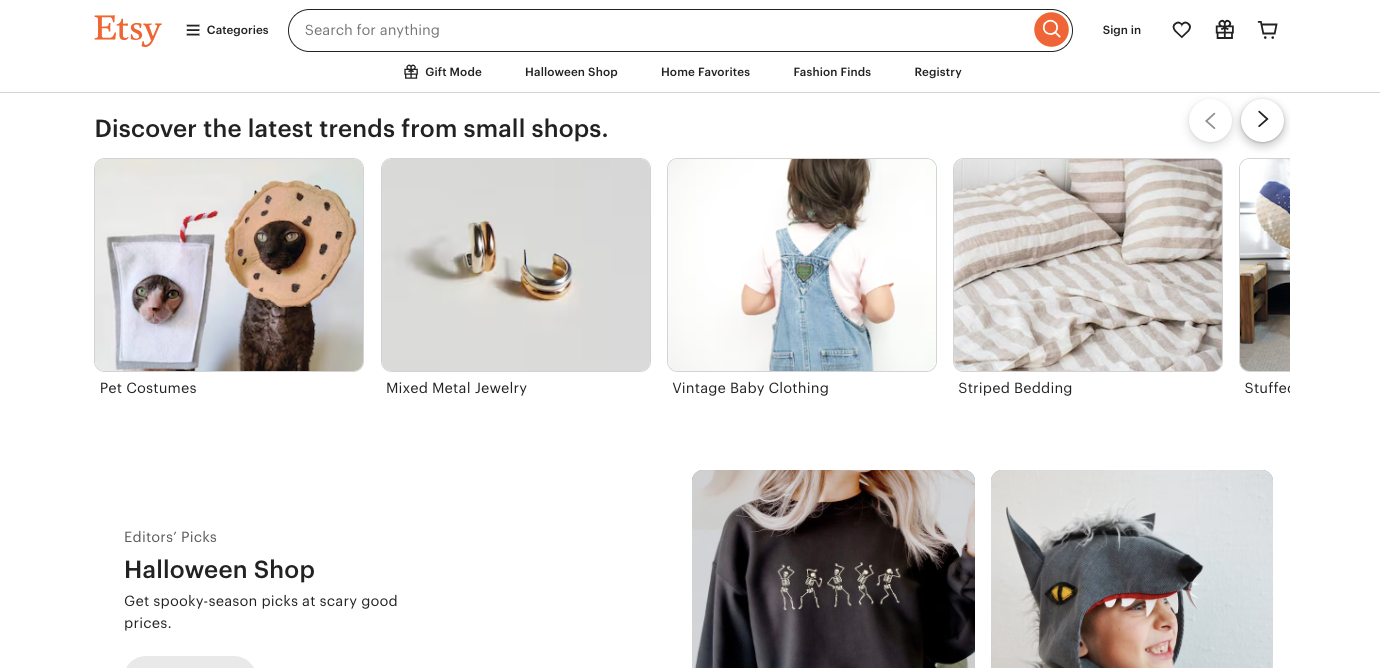
You’ve probably heard of selling digital products on Etsy somewhere, right? It’s that place everyone goes to for handmade and vintage stuff. But it’s also great for selling profitable digital products like printable planners, digital art, and templates.
A lot of people say, “Just set up your shop on Etsy, and sales will roll in.”
Huh, we find it funny enough! It’s a MARKETPLACE! You’re not the only one out there. There are 91.5 million buyers scrolling through Etsy, and also 6.6 million sellers fighting for attention.
With 100 million items listed, getting noticed isn’t as easy as it sounds.
And remember, Etsy has some strict rules. One wrong move and your shop could get shut down in no time.
We believe your success with Etsy depends on factors like product quality, pricing strategy, and how tough the competition is in your niche.
Why It’s Great: Etsy is great if you want lots of people to see your digital products and have an easy way to manage your shop. Just remember, there are a lot of sellers out there, so you’ll need to make your shop really special to stand out.
Things People Like:
Gives your digital products a broad audience and increases your chances of making sales.
Setting up your shop and listing products is easy.
Manages all payment transactions for you.
Offers various tools to help you promote your products, like paid ads and featured listings.
Allows you to personalize your shop’s design to match your desired brand.
Supports a wide range of digital goods.
Things People Didn’t Like:
Etsy charges a listing fee for each item and takes a percentage of each sale.
Specific rules and guidelines might limit your flexibility in managing your shop.
Competition is tough which makes it hard to stand out.
You are limited by Etsy's platform, and it can be challenging to build your own brand outside their marketplace.
You’ll need to invest time in external marketing to get noticed.
Pricing:
Setup Fee: $15 for new shops.
Etsy Plus: $10/month.
Listing Fee: $0.20 per product.
3) Shopify:- Everything You Need To Launch An Online Store
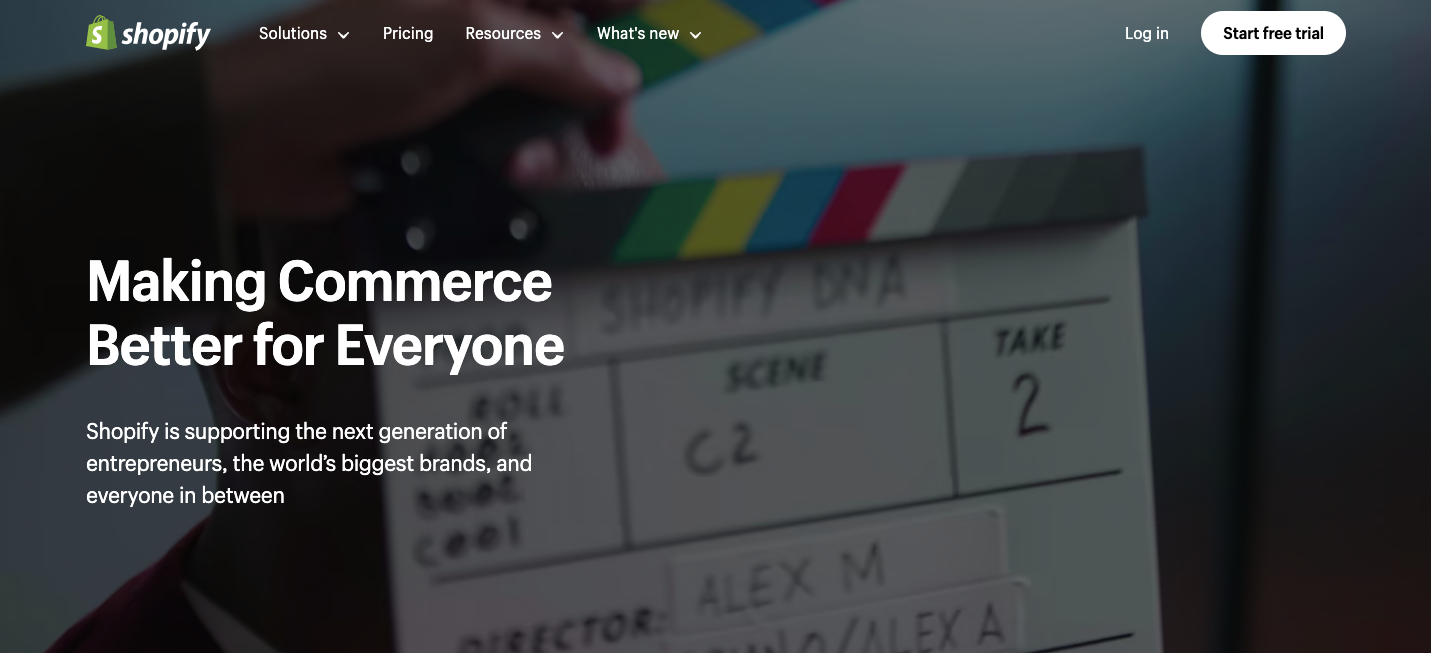
Shopify is a good tool if you want to start your own online store from scratch, especially for selling digital products. You can customize your store, reach customers on social media, and even sell at physical events or other online marketplaces.
It gives you a lot of control, but you'll need to learn how to use its features.
It offers over 200 templates to choose from, but only 13 are free. The others cost between $140 and $450.
However, there's a huge community of sellers and buyers all in one place. With around 4.8 million users and 5.23 million online stores using Shopify, you should give it a second thought because it's a popular choice with a large community and lots of resources.
Why It’s Great: It’s perfect for both experienced sellers and beginners who are ready to invest some time. Shopify gives you many tools to reach customers, manage sales, and handle inventory all in one place.
Things People Like:
You can manage up to 2,000 product variants easily.
Upload big digital files without any trouble.
Sell your products on social media and other marketplaces right from Shopify.
Built-in AI tools help you make and change product descriptions quickly.
You can sell to people in different countries with less hassle.
Advanced security to keep your store and customer info safe.
Things People Didn’t Like:
The editor can be tricky for beginners.
There are only a few free design templates.
Some features and apps cost extra.
Editing text and sections isn’t as easy as with other platforms.
Pricing:
Basic: $25/month
Shopify: $65/month
Advanced: $399/month
Plus: $2,300/month
Don’t think these 3 are your only options, but we think they’re great based on our experience.
Choose Etsy if you like using a marketplace.
Pick Shopify if you want to build your own store from scratch and want something people already know about.
Otherwise, EzyCourse could be the perfect choice to start your online store because it has all the features, customization, and marketing tools you need to begin selling right away.
No matter which one you pick, once you’ve set up your product store, we’ll move on to our last and final step.
Want to check more platforms? Read the blog to find the 10 Best Place to Sell Digital Downloads in 2025.
Step 6: Launching Your Digital Product
Alright, you’ve done a ton of work setting up your product, branding it, and picking a platform. Now comes the fun part that most digital creators love, launching your digital product! This is where all your hard work pays off.
But it’s not as easy as it sounds. We suggest creating your private community space before the launch to build excitement. You can use a community management software platform to build a community.
Do your research and price your product properly. It's more important to get the first exposure rather than focusing on making a lot of profit in the beginning.
For example, tease your product a few weeks before the launch by sharing sneak peeks, behind-the-scenes looks, or countdowns on social media.
However, no matter what, remember to keep creating and promoting as much as you can. Oh, that reminds us of some marketing techniques that can help you hit your first 100 sales online! Let's then find out.
Marketing Strategies for Selling Digital Products

You know what? It’s not just about having the best digital product, the perfect process, or even the nicest branding. Nope, it’s all about how you market it.
A research study by the Marketing Research Association found that only 40% of newly developed products actually make it to the creative market. And guess what? Out of that 40%, a whopping 60% never see any sales or revenue.
That's totally crazy! You could have the most incredible product ever, but without solid marketing, it’s just going to sit there collecting digital dust.
But we’re not going to let this happen. Here are some of the best digital product marketing strategies that will help you get your first sale quickly:
Internal Digital Products Marketing Strategies
These internal methods are perfect for making the most of your own platform. You won’t need to rely on any third parties when marketing your digital products. Let’s dig out some internal ways to promote and sell digital goods online:
Using Your Own Website
Everything should start and end with your website. Make sure it’s set up to showcase your product. Add eye-catching images, clear descriptions, and an easy way to buy. Use pop-ups or banners to highlight special offers or launches. You should choose a platform like EzyCourse, where you can control everything.
Social Media Profiles
Next up, Post about your product on all your social media accounts. Do you have a Facebook profile, Instagram account, or TikTok presence? Use Instagram for cool photos, TikTok for quick videos, and Facebook for longer posts. You will love the results of doing these activities.
Email Lists
Professional marketers use email marketing techniques often. Send newsletters or quick updates to people who’ve signed up. Let them know about new downloadable products, special discounts, or anything important you think they should know.
Community Building
Another effective way of doing internal marketing is to keep your small to medium customer base connected. You can encourage them to buy again and again, whether it's the same product variation or a new one.
To do this, you need a platform like EzyCourse, where you can create a private community and stay connected through messages or push notifications.
Brainstorm for more internal ways, but these are enough because we're not just doing internal marketing. There are also external ways to market your digital item.
External Digital Product Marketing Strategies
Some of the well-known external marketing ways are:
Collaborations
Partner up with other creators, influencers, or brands that share your audience. Just try it for one month and see the difference. This way, you’re not just marketing to your followers but theirs too! This influencer marketing alone can bring you 1000 sales per month.
Guest Posts
Write articles or posts for other blogs or websites in your niche. Share your knowledge, give tips, or tell your story. At the end of your post, include a link back to your product or website. You can't even imagine how powerful guest posts can be.
Social Media Groups
Join groups on Facebook, Reddit, or other platforms where your audience is actively engaging. Be active, answer questions, and share niche-relevant tips. These three activities are enough to get good results. When it feels right, introduce your product.
Content Marketing
Did you know that 90% of marketers use content in their strategies, and 74% of companies say it helps them get more leads? So, yeah, exclusive content is super valuable!
It’s probably the best way to attract new potential customers. But what matters most is that your content has to be good, really helpful, and something people actually want to read.
So, these are our preferred ways of marketing digital products in 2025. We believe it won't be easy to get sales in the first three months, but your consistency, hard work, strategy, and networking skills will get you to the destination you want.
Still, we're not ending it here because we know we have yet to give you the list of the best and most profitable digital product ideas for 2025.
Six Profitable Digital Products Idea In 2025
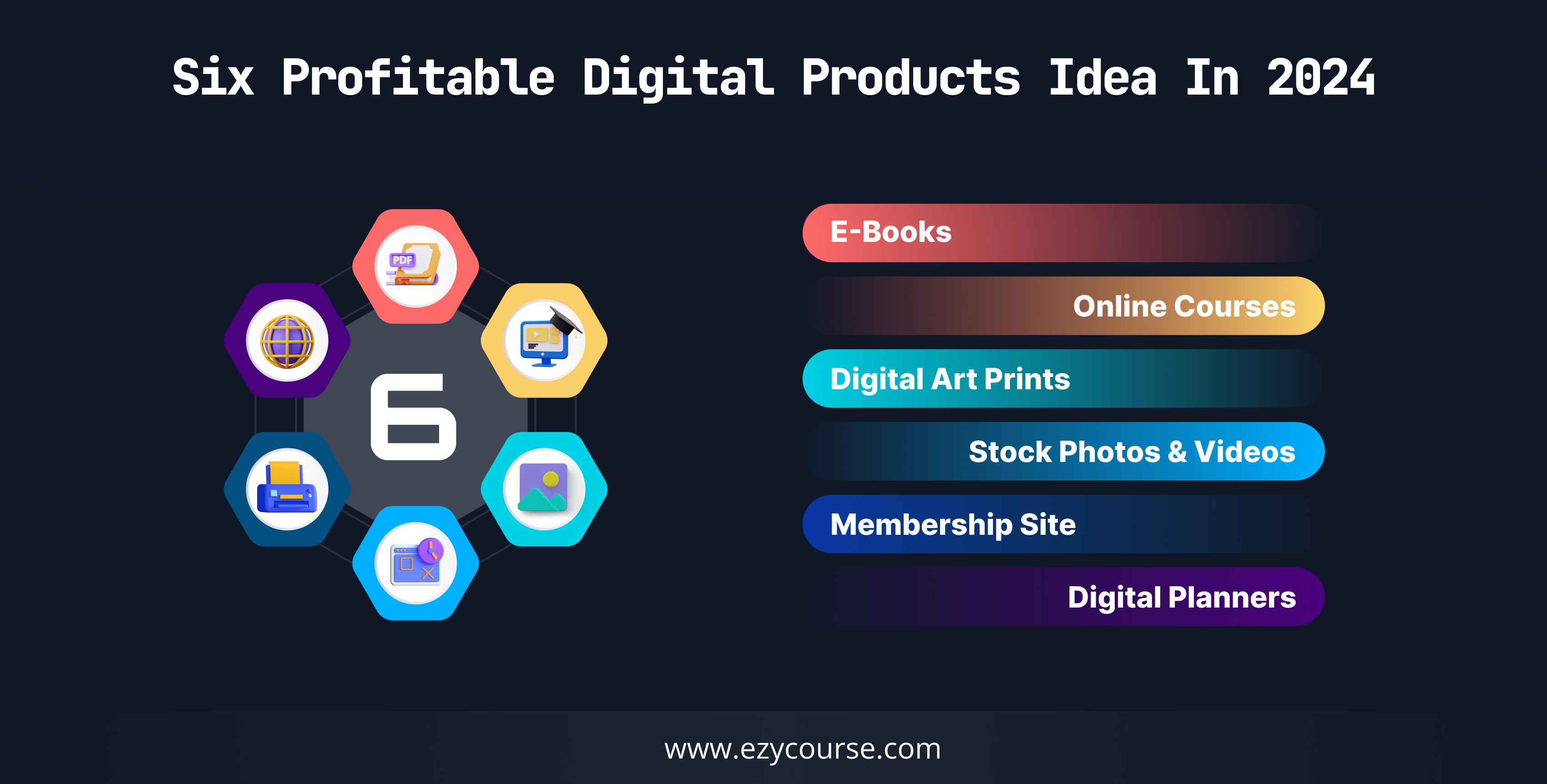
In this final part of our guide, we’re excited to surprise you with a list of the top 6 profitable digital product ideas for 2025. We’ve done market research to find what’s trending among digital products and what actually sells. Consider it a gift from EzyCourse for sticking with us until the end of our article.
We’ve got a mix of ideas that are not only profitable but also practical for you to start right away. Alright, let’s check out the table below one last time and see which type of digital product best fits your skills and interests.
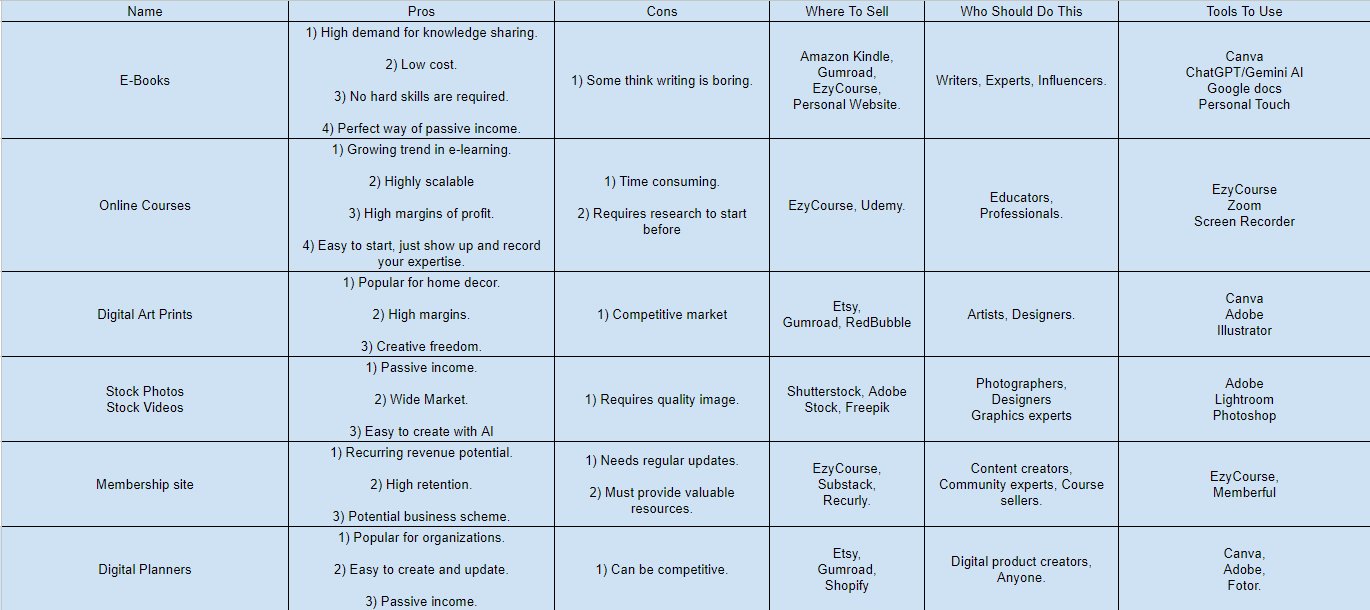
When Are You Going To Start?
We don’t think we missed anything in this guide on how to start selling digital products online. We’ve covered every detail and shown you the way.
We really hope that by following our steps, you can achieve the income you desire.
So, which digital products do you think you’ll choose? Whatever you decide, if you’re not picking EzyCourse, you might soon find something missing.
Wise people don’t waste time and choose the right path. We know you’re smart, so you understand that you need EzyCourse over any other various platforms.

